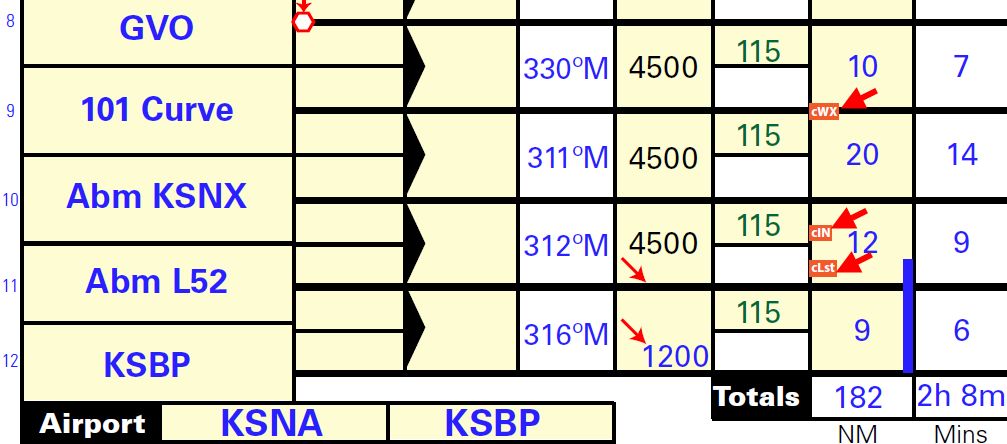CrimsonFlyer
Pre-Flight
I'm a student pilot ready for my solo cross-country but made a stupid mistake this past weekend: forgetting my landing checklist. We were returning from a long cross-country dual flight, landing at KSQL. My instructor had stated that he would remain silent for the whole flight unless I was about to burst an airspace or do something stupid. It had been almost 3 hours of flying. It was a route new to me, trying to do pilotage while talking to Travis approach, NorCal, then Oakland, trying not to burst the SFO Bravo, keeping an eye out for the heavy jets above, trying to find where the heck KBNR towers were--my home airport is KPAO and I had never approached KSQL from KOAK. And of course the pattern was saturated as usual for a beautiful weekend morning. By the time we were on final, my instructor calmly pointed to the fuel pump still off. Damn!
How do you avoid mistakes like that? I am a strong believer in checklists, especially for high-risk situations. But I still make mistakes like this, at this stage in my training, and to me it's unacceptable. The 1000 AGL checklist is one I occasionally forget as well.
How do you remember to do a checklist when the workload, at least to a student pilot, is high? Is it also a cockpit organization issue? Maybe I just need to have the checklist visible in front of me? Perhaps I shouldn't have my nav log on top of the checklist on my kneeboard? Two kneeboards instead?
To you experienced aviators, this issue might be so trivial. But any tip would be greatly appreciated.
How do you avoid mistakes like that? I am a strong believer in checklists, especially for high-risk situations. But I still make mistakes like this, at this stage in my training, and to me it's unacceptable. The 1000 AGL checklist is one I occasionally forget as well.
How do you remember to do a checklist when the workload, at least to a student pilot, is high? Is it also a cockpit organization issue? Maybe I just need to have the checklist visible in front of me? Perhaps I shouldn't have my nav log on top of the checklist on my kneeboard? Two kneeboards instead?
To you experienced aviators, this issue might be so trivial. But any tip would be greatly appreciated.

 . The GUMPS check will become more relevant when you begin to fly complex airplanes.
. The GUMPS check will become more relevant when you begin to fly complex airplanes.